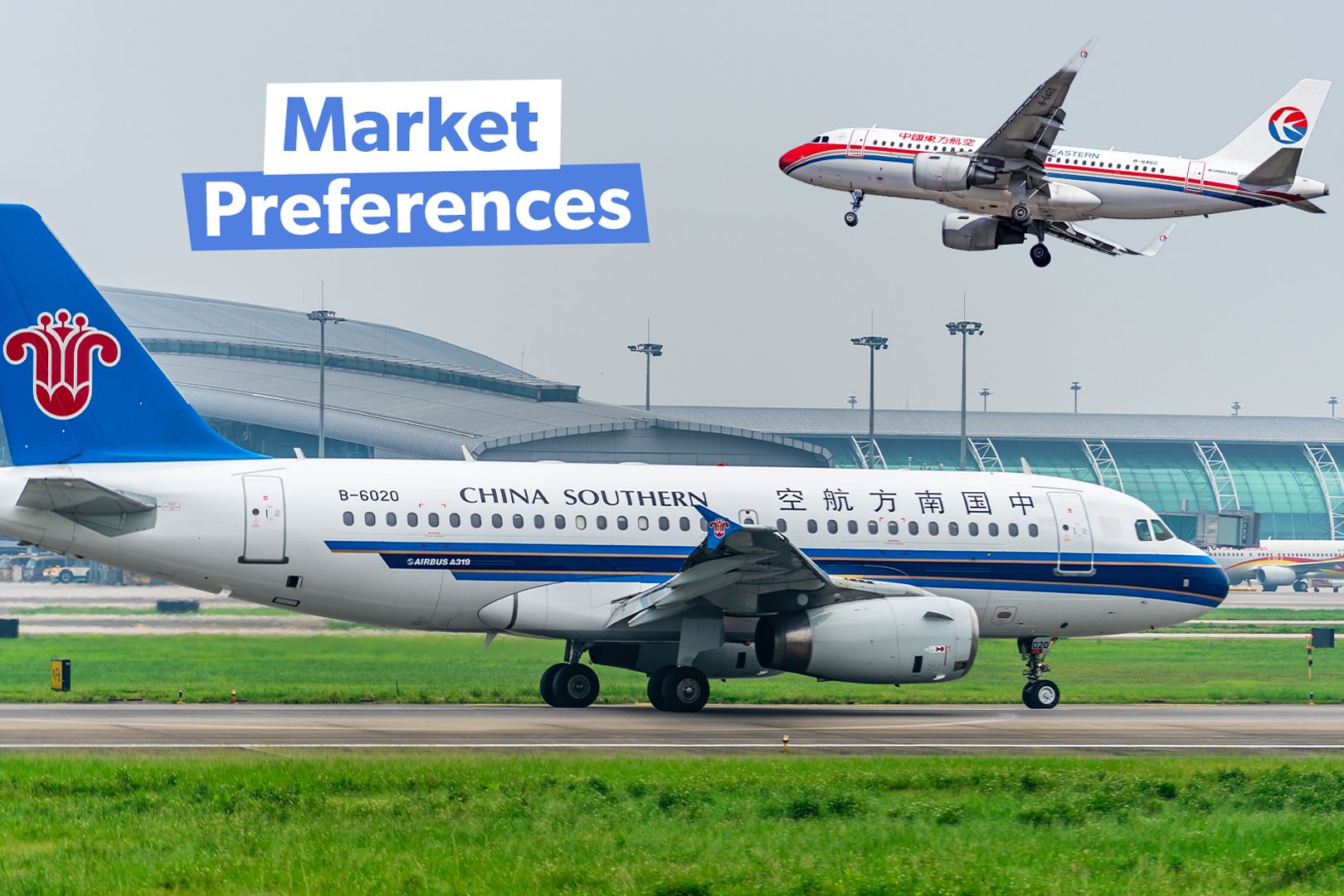
Before the COVID-19 pandemic, China had seen a flourishing domestic airline industry. As reported by Statista , the country saw over 659 million passengers take to the skies in 2019 alone. However, the recent pandemic resulted in a demand shock, and though the market is recovering, some industry players are proving more successful than others.
As Chinese airlines ordered more airplanes to replace older aircraft and expand their fleet, Airbus pulled ahead of its American rival Boeing . Airbus aircraft like the A320neo family and A350 have seen tremendous success compared to the Boeing 737 MAX and 787 Dreamliner. In fact, China Eastern just reached a significant milestone by taking delivery of its first A321neo .

But why does Boeing trail behind its European rival in this market? Boeing's Position in China Boeing's performance deficit in China is significant- and has only grown in recent years. According to Aerotime , the US aircraft manufacturer delivered only seven aircraft to Chinese airlines in 2021. By comparison, Airbus delivered 124 aircraft— over 15 times more than Boeing.
Clearly, Airbus has earned a definitive lead. However, the market was much more competitive up until the start of the pandemic. In 2018, Boeing delivered 194 aircraft to Chinese airlines—28 more than Airbus.
Boeing’s popular 737 MAX accounted for most of these deliveries, but the manufacturer also delivered over 25 widebody aircraft. While Airbus has been delivering more commercial jets to China, both are encountering a major barrier to entry: the Comac C919 . This new aircraft, which entered commercial service in May 2023 , is considered China’s first “homegrown” airliner.
It has gained hundreds of orders from Chinese carriers as an alternative to both the 737 MAX and A320neo. Since most of China's carriers and its aircraft manufacturer COMAC are state-owned, Boeing and Airbus face tremendous hurdles in selling their narrowbody aircraft to Chinese airlines. In fact, the aircraft was designed to break the duopoly between the two aerospace giants .
This is reflected in the significant drop in their jet orders. As recently as 2019, both gained substantial orders for commercial jets. By 2021, this number had dropped to zero.
While this can partially be blamed on China's slower demand recovery in its commercial aviation industry, that and the COMAC C919 present equal challenges to Boeing and Airbus. So what has caused Boeing to fall behind further? China Airlines' Taipei-Ontario route serves Southern California's Taiwanese community directly, bypassing congested LAX. 737 MAX Certification Challenges Few aircraft have gained as much publicity as the Boeing 737 MAX.
The highly anticipated extension to the Boeing 737 family promised new efficiency and minimal added costs for operators—and was an immediate success in terms of orders. But following two crashes that killed everyone onboard, the type was grounded worldwide while systemic issues were resolved. China was the first country to ground the MAX family and one of the last to return the type to commercial service in January 2023.
For comparison, the 737 MAX re-entered service in the United States in December 2020 with American Airlines. With a slower and less certain return to service for the Boeing 737 MAX in China, the A320 became a much more reliable aircraft for operations. Geopolitical Factors in Aircraft Sales While the Boeing 737 MAX challenges played a significant role in Boeing's decline in China, geopolitics have also played a massive role in the manufacturer's struggles.
The United States and China have been locked in a trade war for several years, encouraging each nation to limit the purchase of goods created on the other side of the Pacific. Alternatively, fewer tensions exist between the EU and China, making the EU's products a more popular choice for Chinese companies. Recent order trends provide evidence of the impact US-China tensions have on Boeing's sales.
According to Yahoo, China’s three largest airlines (China Southern, China Eastern, and Air China) ordered an impressive 300 Airbus aircraft last year alone. The A320neo family proved popular among operators despite domestic competition from the C919. As the trade war persists between the United States and China, the Chinese government is encouraging its state-owned airlines to look beyond Boeing to replace aging fleets and fuel growth as the market recovers.
While domestic alternatives provided by COMAC have proven to be a popular choice, Embraer's next-generation E-jets might also be well suited for China’s regional markets. Regardless, Boeing has fallen out of favor. The airline operates the 787-8 and 787-9.
Airbus’ Strategic Investments in China While Boeing has fallen victim to geopolitical tensions and its quality-control issues regarding the 737 MAX, Airbus has also taken action to put itself ahead of the American aerospace company in China. Airbus' multinational deployment of final assembly lines has aided it in gaining more local support from governments worldwide. According to Aviation Week , Airbus has four major final assembly lines (FAL) in major markets worldwide.
Two remain in Europe—one in Hamburg, Germany, and another in Toulouse, France. The others have extended beyond Europe, with A320 family production being completed in Mobile, Alabama, and Tianjin, China. By placing final assembly lines closer to targeted markets, Airbus has the unique opportunity to gain local support for its operations and products.
The new facility in China, which has produced over 600 A320 family jets since its opening in 2008, brings jobs and an economic boost to the local community. Furthermore, new assembly lines have also enhanced Airbus’ production capabilities, from delivering 60 to 65 aircraft to China before 2010 to annually delivering an average of 160 aircraft currently. China's commercial airline industry is positioned for sustained growth.
Thus, Chinese airlines will continue looking for new aircraft to replace older models and to expand their fleets and, thus, domestic and global networks. Thanks to geopolitical tensions and Airbus' substantial investments in China, the European manufacturer has continued to outpace Boeing across the Pacific..










